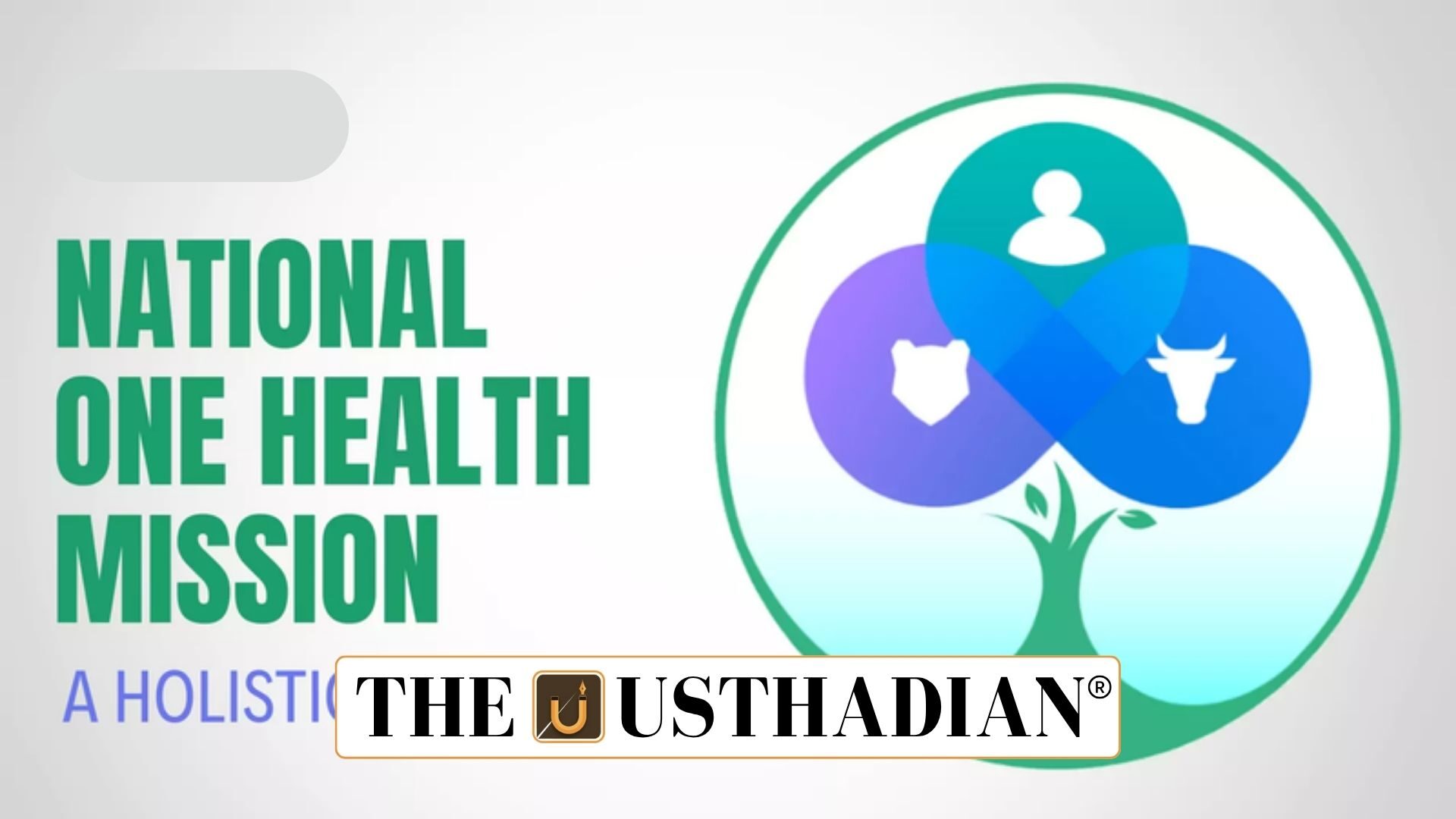Building an Integrated Health Framework
National One Health Mission for Integrated Disease Control: The Union Government is set to launch the National One Health Mission, approved by the Prime Minister’s Science, Technology, and Innovation Advisory Council (PM-STIAC). The mission aims to create a unified framework that connects human, animal, and environmental health to strengthen pandemic preparedness and disease control systems across India.
Static GK fact: The PM-STIAC was established in 2018 to advise the Prime Minister on science, technology, and innovation policies.
Vision of the Mission
The mission’s vision is to build an integrated disease control system that aligns with the “One Health” approach. It focuses on better health outcomes, increased productivity, and conservation of biodiversity through intersectoral collaboration.
The mission will promote synergy among healthcare institutions, veterinary services, and environmental agencies to minimize cross-sectoral health risks.
Key Implementing Institutions
The Indian Council of Medical Research (ICMR) serves as the implementing agency for this mission. The National Institute of One Health, Nagpur will act as the anchor institution, coordinating multi-sectoral efforts for disease prevention, early detection, and rapid response.
Static GK Tip: The ICMR, founded in 1911, is India’s apex biomedical research body headquartered in New Delhi.
Core Pillars of the Mission
The mission is structured around four critical pillars to ensure an effective health ecosystem:
- Research and Development: Focus on developing vaccines, diagnostics, and therapeutics through targeted R&D.
- Clinical Readiness: Strengthening hospital and health infrastructure for emergency preparedness and response.
- Data Integration: Linking data from human, animal, and environmental sources to enhance analytics and real-time monitoring.
- Community Engagement: Promoting awareness and local participation to ensure rapid public response during health crises.
Static GK fact: India’s National Digital Health Mission (NDHM) also promotes data integration in healthcare to ensure seamless service delivery.
Understanding the ‘One Health’ Approach
The One Health approach recognizes the interconnectedness between people, animals, and ecosystems. It emphasizes collaboration across medical, veterinary, and environmental disciplines for sustainable health outcomes.
In India, this approach is crucial due to diverse wildlife, a large livestock population, and high population density. Recent outbreaks such as COVID-19, Lumpy Skin Disease, and Avian Influenza highlight the urgent need for integrated health surveillance.
Static GK Tip: The concept of “One Health” was formally endorsed by the World Health Organization (WHO), FAO, UNEP, and WOAH under their joint “Quadripartite Alliance” for global health security.
Strengthening India’s Health Security
The National One Health Mission represents a strategic step toward preventing future pandemics, protecting livelihoods, and promoting sustainable coexistence with nature. By integrating data systems, promoting R&D, and engaging communities, India aims to set a global benchmark in holistic health governance.
Static Usthadian Current Affairs Table
National One Health Mission for Integrated Disease Control:
| Topic | Detail |
| Launch Year | 2025 |
| Approving Body | Prime Minister’s Science, Technology, and Innovation Advisory Council (PM-STIAC) |
| Implementing Agency | Indian Council of Medical Research (ICMR) |
| Anchor Institution | National Institute of One Health, Nagpur |
| Mission Vision | Integrated pandemic preparedness and disease control system |
| Key Pillars | R&D, Clinical Readiness, Data Integration, Community Engagement |
| One Health Concept | Unified health of humans, animals, and ecosystems |
| Key Global Alliance | WHO, FAO, UNEP, WOAH (Quadripartite Alliance) |
| Key Disease Triggers | COVID-19, Lumpy Skin Disease, Avian Influenza |
| Static GK Tip | ICMR established in 1911; NDHM promotes health data integration |








